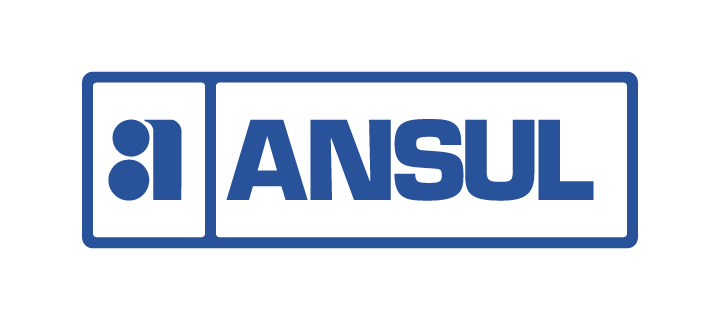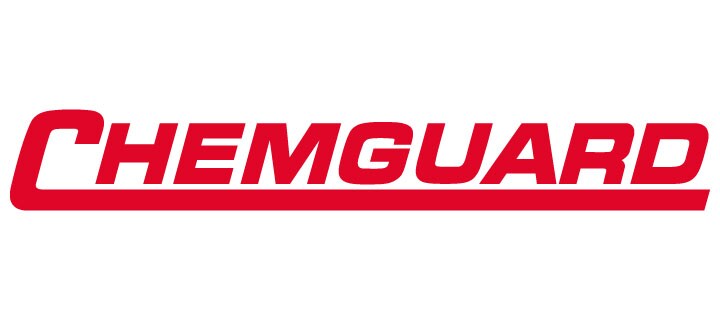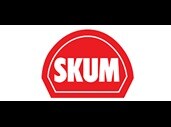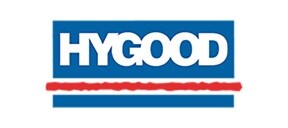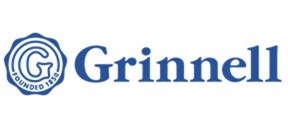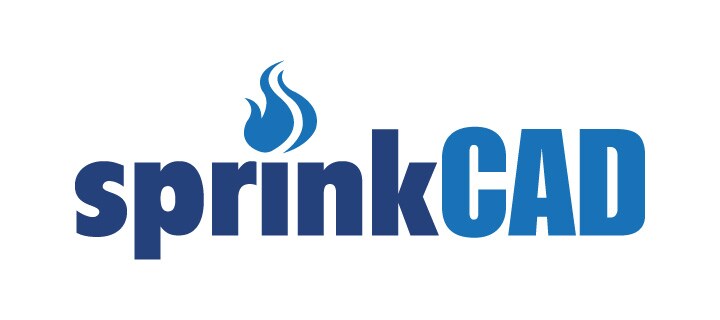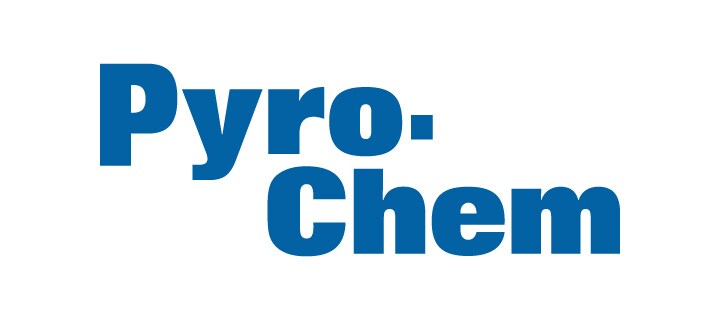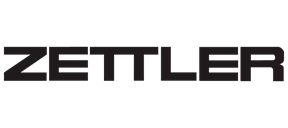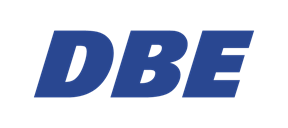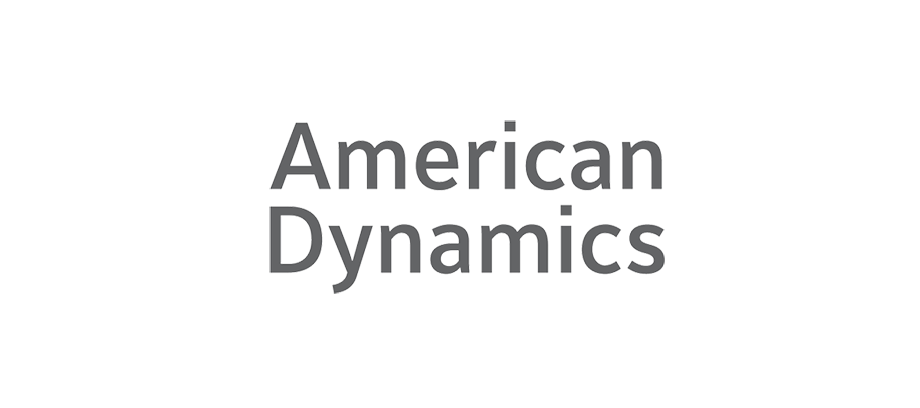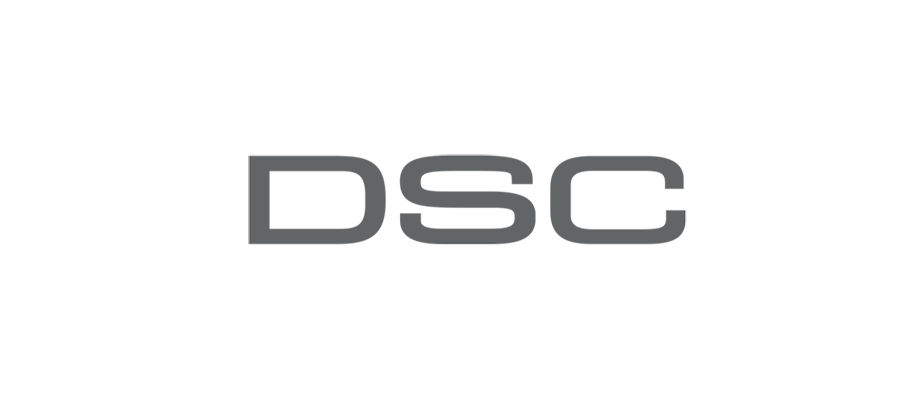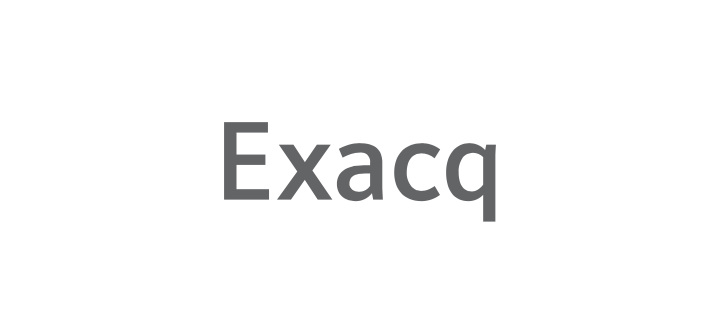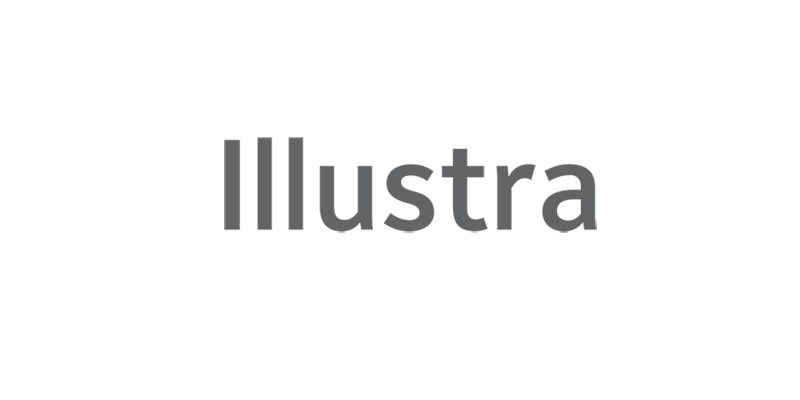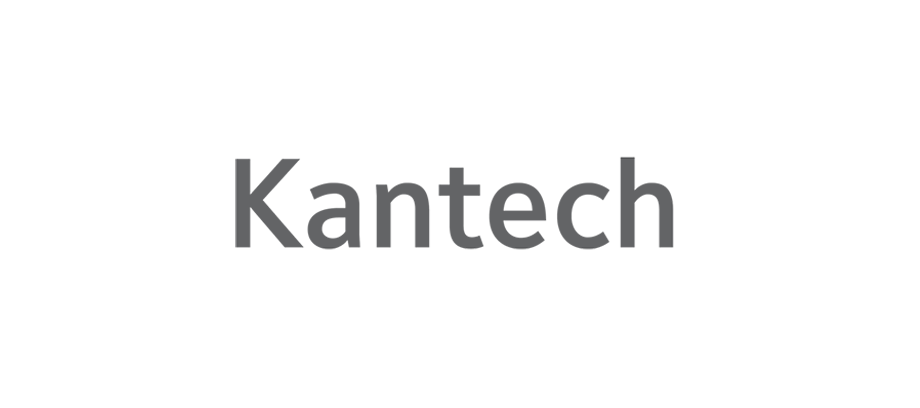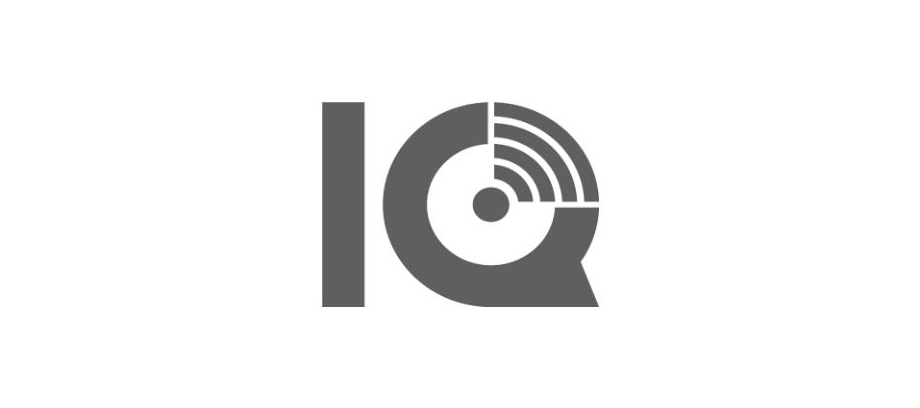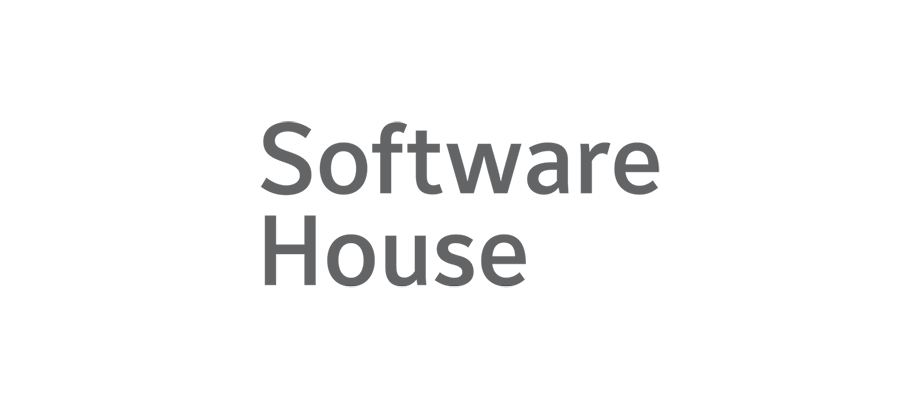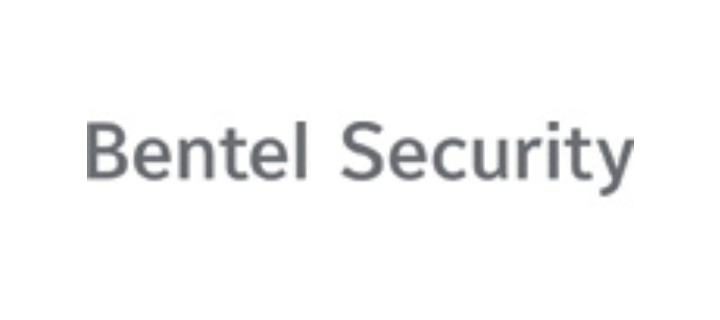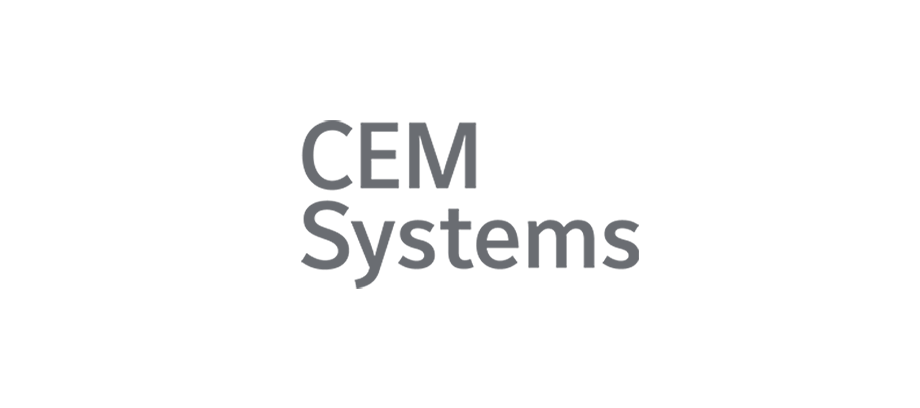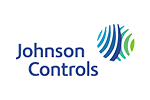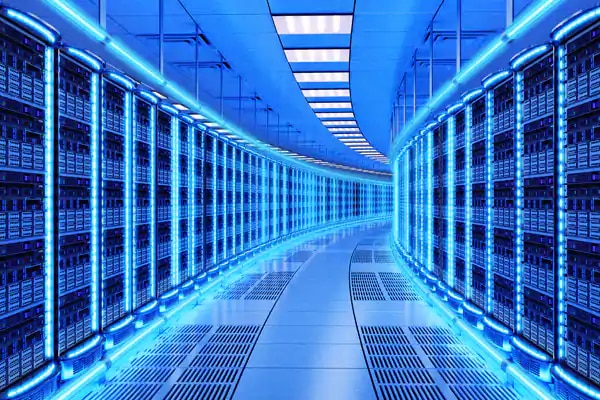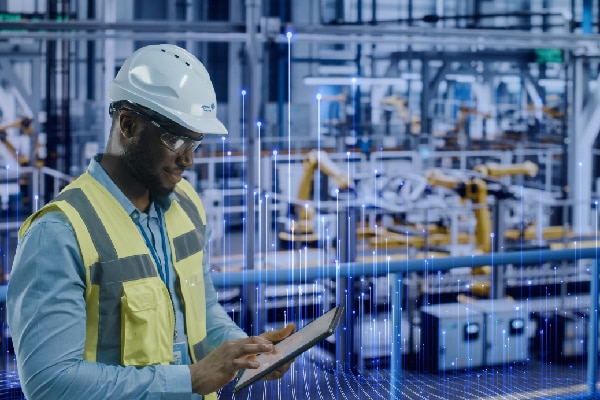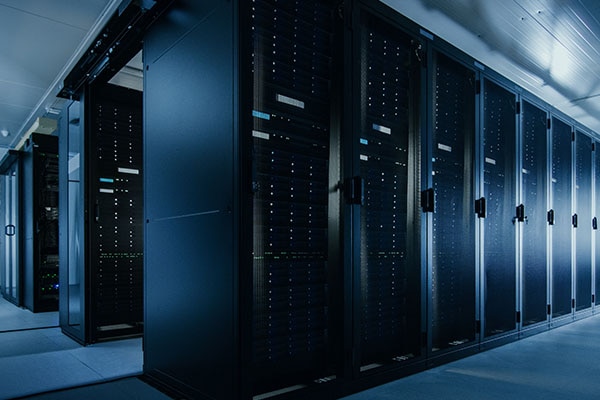Testing a Smoke and Carbon Monoxide Alarm
Testing a Combination Smoke, Heat and Carbon Monoxide Alarm
Smoke, heat, and carbon monoxide alarms are vital components of Fire Detection systems, providing essential safety measures for buildings and their occupants. Combining all three into a single device, combination smoke and carbon monoxide alarms offer advanced protection against potential fire hazards by monitoring for smoke particles, CO gas patterns, and suspicious rises in temperature.
By using multiple elements to define a fire situation, these detectors reduce the risk of false alarms while enabling early detection for better occupant safety and minimised damage to property.
However, your Combination Smoke, Heat and Carbon Monoxide alarms are only as good as their last check, so scheduling regular testing is just as important as your fire alarms themselves.
Why regularly test your Combination Smoke, Heat and Carbon Monoxide Alarms
Whilst combination smoke, heat and carbon monoxide alarms from Johnson Controls feature in-built self-test capabilities to monitor their status and effectiveness around the clock, routine testing of these devices and the entire fire alarm system remains crucial.
To keep the public safe, commercial fire alarm systems must undergo periodic inspections at least every six months, with a comprehensive inspection and test of all devices, including smoke detectors, conducted annually.
This regular maintenance is mandated by UK Fire Safety Legislation, requiring competent maintenance in accordance with British Standard BS5839 Part 1.
This in-depth testing and servicing must be completed by fully trained, certified engineers, which is where we can help - with our fire alarm service plan.
How are Combination Smoke, Heat and Carbon Monoxide detectors tested?
Our commercial fire alarm systems include in-built self-test features that automatically assess the proper operation of each detector twelve times per minute, with dirt and dust accumulation being carefully monitored. In the event of any malfunctions, the system adjusts alarm thresholds or reports critical faults to the associated Fire Alarm Control Panel.
As detectors age and accumulate dust and dirt, their performance may deteriorate, increasing the likelihood of false alarms — a serious problem for facility managers and emergency services.
With our combination smoke, heat and carbon monoxide alarms, if the build-up of contaminants starts to affect the detector's performance, the controller will automatically alter the alarm (and pre-alarm) threshold to compensate for these changes. If the automatic adjustments threaten the detector's integrity, a fault will be flagged on the system to indicate that the detector should be replaced.
This self-adjusting feature optimises the system's performance and significantly extends the lifespan of each analogue addressable detector.
Periodic Inspection And Servicing For Combination Smoke And Carbon Monoxide Alarm
Even with this ongoing, 24/7 automatic monitoring of the fire detectors, BS5839-1:2017 requires periodic inspection and servicing of every fire alarm system to identify potential problems and ensure optimal performance. At least two inspections a year should be carried out by qualified technicians with specialised knowledge of fire alarm systems, including:
- Common causes of false alarms
- Familiarity with the specific system being serviced
- Access to spare parts and technical support.
Johnson Controls: Your Fire Alarm Service Partner
With over 1000 experienced service engineers nationwide, Johnson Controls offers specialised support services to ensure the longevity and reliability of your combination smoke and carbon monoxide detectors.
Servicing from Johnson Controls will include checking all the key components of your combination smoke and carbon monoxide detectors, including:
- Signalling
- Mains and standby power supplies
- Fire panels
- Sounders
- Detectors
- Call points
- Auxillary units
- Battery connections
- Minor fault repairs
- Structural or occupancy changes of your facility
Our maintenance visits also cover comprehensive system checks and the resolution of false alarms, giving you the ultimate peace of mind that your facility is protected.
You can Discover Our Fire Alarm Service Plans Here for more information.
Fire Alarm Service Plans From Johnson Controls
At Johnson Controls, we provide a range of Support Services, ensuring that every customer has peace of mind about the longevity of their combination smoke and carbon monoxide detectors installed within the fire alarm system.
Our expertise extends to other fire protection methods, too; we supply and install numerous carbon monoxide, smoke, and heat detection-based systems, as well as Fire Suppression Solutions. To find out more, please see our Fire Alarm Devices Here.
Contact us to discuss your requirements
Testing a Combination Smoke and Carbon Monoxide Alarm
Smoke, heat and carbon monoxide alarms play a crucial part in Fire Detection systems. The main advantage of a combination fire detector for Smoke, Heat, and CO is that they search for smoke particles, CO gas patterns, and suspicious rises in temperature. By using all three elements to define a fire situation, the risk of false alarms is greatly reduced, whilst early detection becomes much easier.
When all this is combined, Combination Smoke and Carbon Monoxide Detectors play a key role in a comprehensive fire alarm safety systems, but routinely checking these devices, and the fire alarm system as a whole is just as important.
How often should commercial fire alarm detectors be tested?
Our smoke, heat, and carbon monoxide fire detectors have in-built self-test functionality that monitors the status and effectiveness of each device 24/7. However, unlike domestic fire alarms, commercial fire alarm systems must undergo a periodic routine inspection at a minimum of six monthly intervals with a full inspection and test of all devices including smoke detectors on an annual basis. The relevant UK Fire Safety Legislation makes it a legal requirement to have your fire safety equipment competently maintained in accordance with British Standard BS5839 Part 1.
This in-depth testing and servicing has to be completed by fully trained, and certified engineers, which is where we can help.
How are combination smoke and carbon monoxide detectors tested?
Our commercial fire alarm systems incorporate in-built self-test features which automatically check that each detector is operating correctly, and if not, makes necessary updates to alarm thresholds, or reports any critical faults back to the associated Fire Alarm Control Panel.
As detectors age and become contaminated with dust and dirt, their performance will begin to deteriorate, such that their propensity to go into an unwanted false alarm condition is much higher. The nuisance factor caused by false alarms is a serious problem for users and Fire Brigade services alike. The detectors on our fire detection systems are checked by the associated controller over twelve times a minute, and the slow build-up of contaminants in each detector is closely monitored. If the build-up of contaminants start to affect the performance of the detector, the controller will automatically alter the alarm (and pre-alarm) threshold for that device in order to compensate for these changes. If the automatic adjustments required within the control panel become enough to threaten the integrity of the detector, a fault will be flagged on the system to indicate that the detector should be replaced.
This feature maintains the system at an optimum performance level and significantly extends the life of each analogue addressable detector.
Even with this on-going, 24/7 automatic monitoring of the fire detectors, it is a requirement of BS5839-1:2017 that every system is subject to periodic inspection and servicing in order to identify any potential problems, and ensure that the system is operating to its full potential. At least two inspections a year should be undertaken. This servicing needs to be carried out by a qualified technician with specialist knowledge of fire alarm systems, including the most common causes of false alarms, knowledge about the individual system being serviced, and access to a reliable supply of spare parts and technical backup.
Johnson Controls has a specialist team of over 1000 experienced service engineers operating throughout the country, who can check your system is in full working order and give you the peace of mind that your people, property and assets are fully protected.
What does a service visit involve?
Our maintenance visits ensure that your system remains fully functional, and our engineers work closely with you, the customer to resolve any false and unwanted alarm issues. Service visits will include checking all key components of the system from signalling to mains and stand-by power supplies, fire panels, sounders, detectors, call points, auxiliary units, and battery connections as well as repairing any minor faults and visually inspecting that no structural or occupancy changes have taken place.
You can Discover Our Fire Alarm Service Plans Here for more information.
Johnson Controls provides a range of Lifecycle Services ensuring that every customer has peace of mind about the longevity of the smoke and carbon monoxide detectors installed within the fire alarm system. We supply and install numerous carbon monoxide, smoke, and heat detection based systems, as well as Fire Suppression Solutions. To find out more please see our Fire Alarm Devices Here.
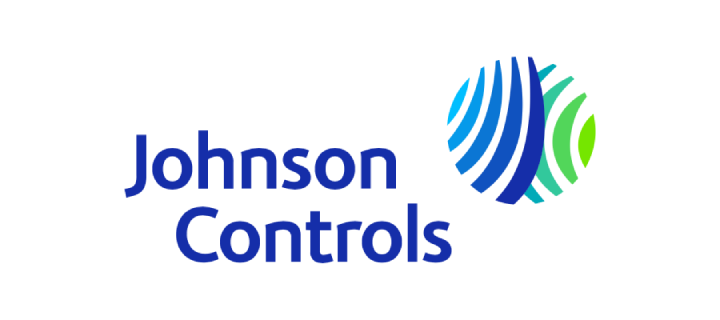


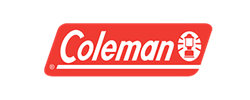

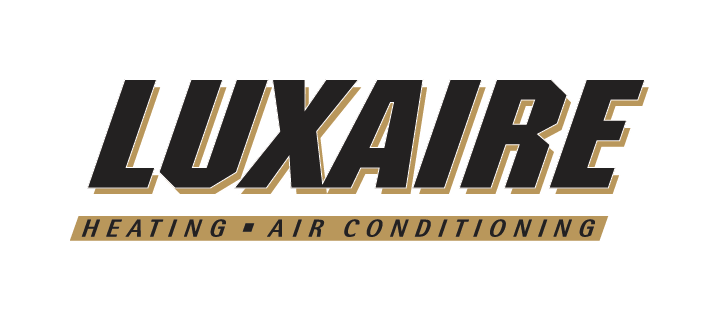



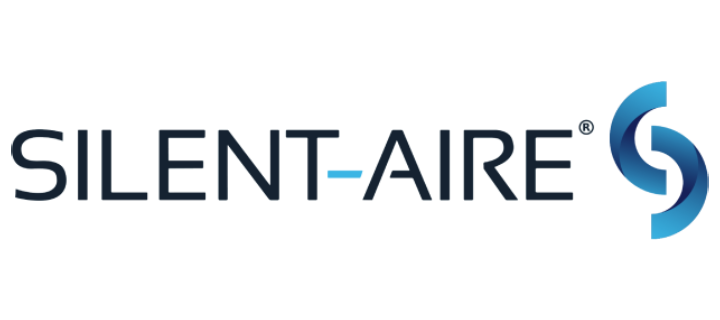
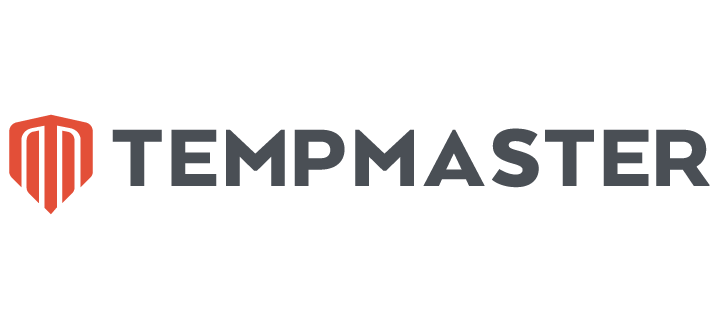

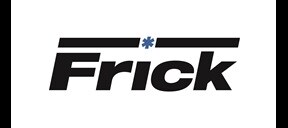


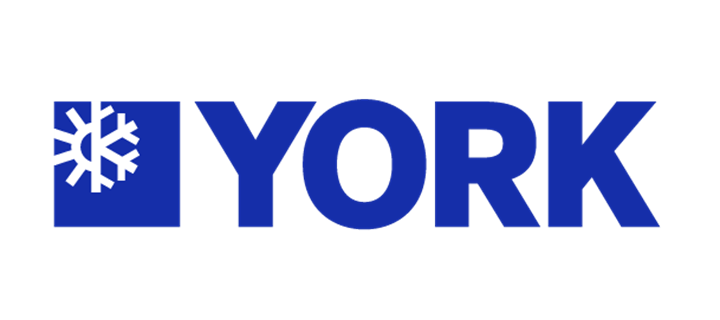
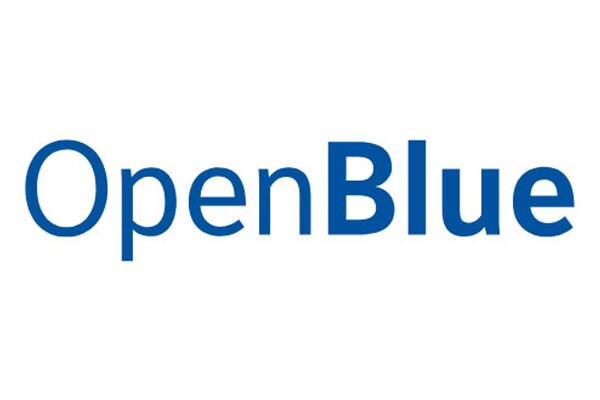
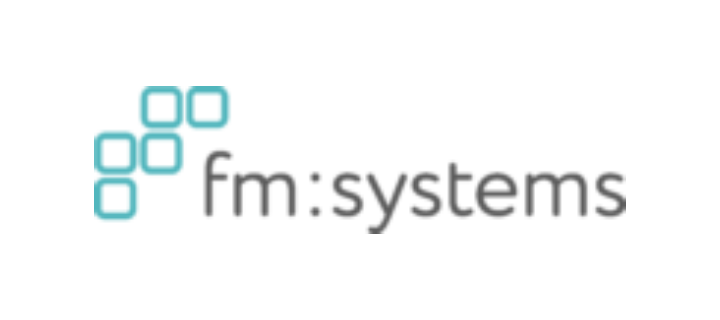
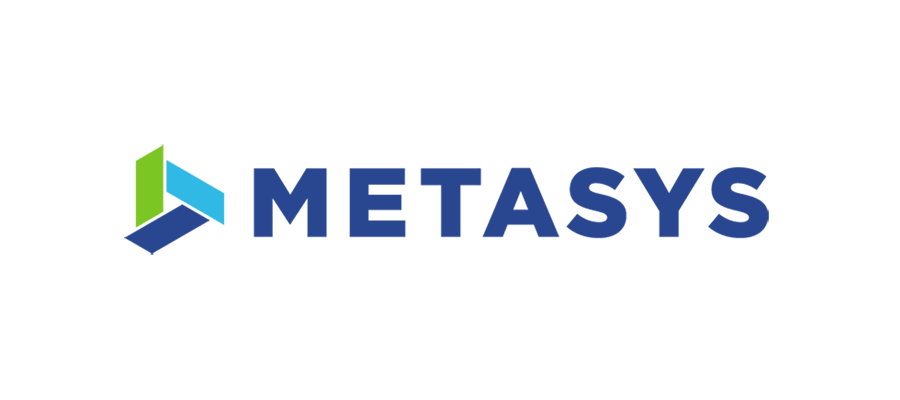


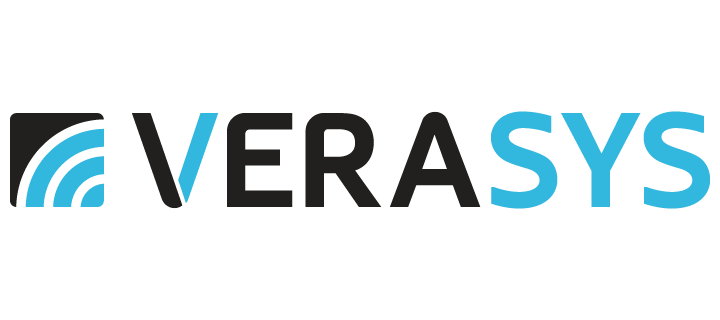



.png?la=en&h=70&w=157&hash=717A494A27ED61C45CEF95AC3A9C6309)
